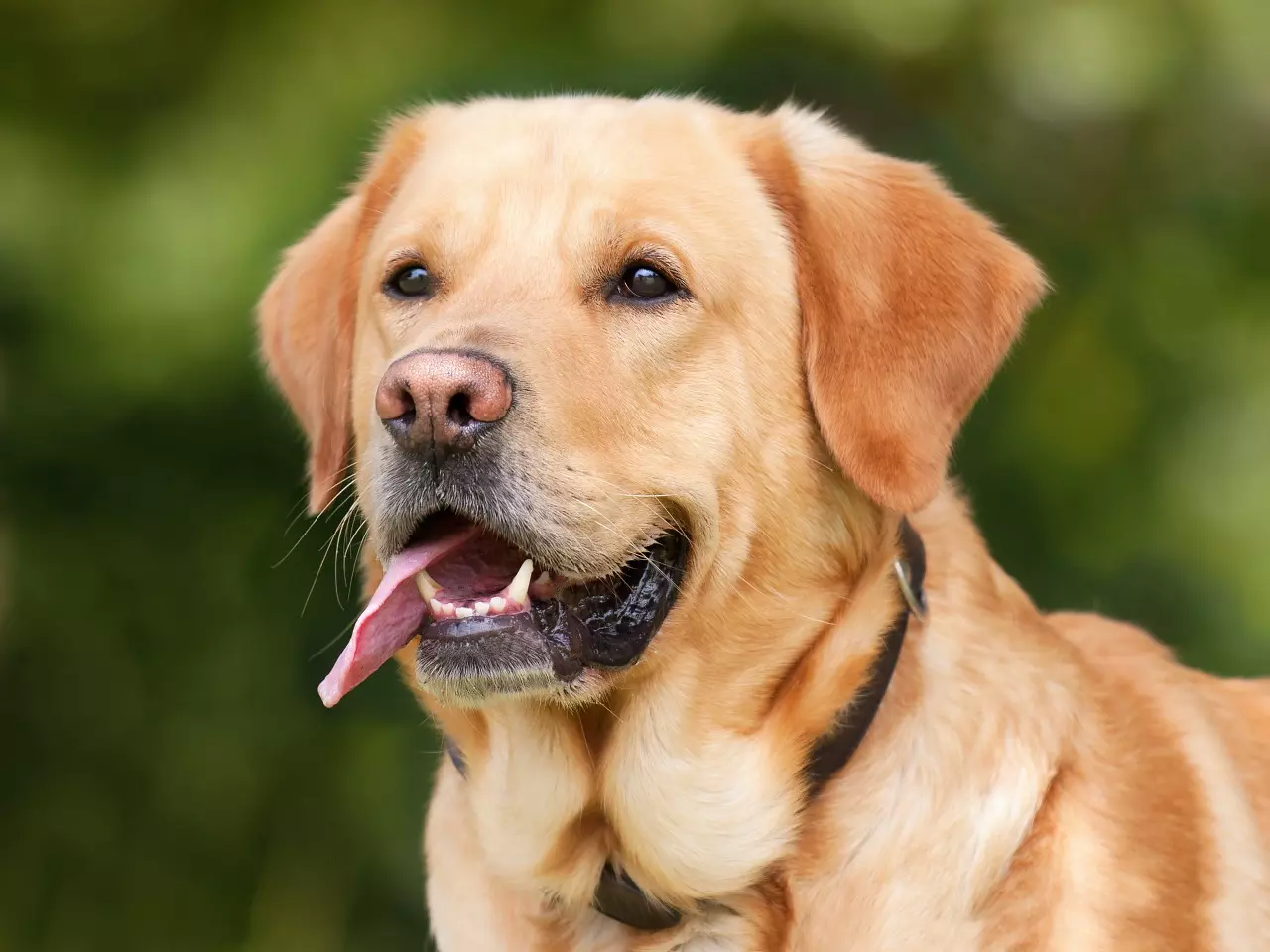How to Raise a Guide Dog
2019-08-20 | By Orcam Staff

Raising a guide dog can be a daunting task. Being responsible for the well-being and development of a dog which will, in essence, have the life of its future owner in its “hands.” Not something to take lightly. In addition, the notion that after all the time spent with each other, the necessary parting of ways after a year can be extremely difficult. You grow attached, potentially causing major heartbreak for the two of you. With all of that said, raising a guide dog can also be an extremely rewarding experience. Knowing that you’re having a hand in such an important part of this puppy’s life gives the process so much meaning. It is extremely important to understand how to raise a guide dog before making the decision to apply.
How to Raise a Guide Dog – The Basics
Guide dogs are generally either Golden Retrievers or Labradors, as they have been determined to possess the qualities necessary for the task; responsive, intelligent, highly trainable, calm, and not easily distracted. Other breeds can be trained as well, but are not ideal. For those with allergies, a hypo-allergenic dog, such as a Poodle, can be an option.
Someone who intends to raise a guide dog must possess specific qualities as well; responsible, caring, and patient. No previous experience is necessary to raise a guide dog.
Puppies being raised to become guide dogs must be socialized with. They must learn proper house manners. They arrive at the volunteer already having begun house and crate training. This training must be continued by the volunteer family, as well as basic commands, such as “sit” and “stay”. Later on, they must be taught more complex commands as well.
Any volunteer must attend bi-monthly meetings where they receive support from the area managers and coordinators.
Day-to-Day
When raising a guide dog, volunteers should take them wherever they go (if possible). Take them to work, restaurants, a supermarket, the beach, anywhere really. These outings will prepare the dogs for when they must guide their partially-sighted owners in the future. Once the dog reaches the age of 12-18 months (depending on the organization), he/she is returned to the assessment center. It is at the assessment center that they learn the skills that all guide dogs must know, such as avoiding obstacles and finding sidewalks.

How do I apply?
There are many incredible organizations around the world that you can apply through. Guide Dogs for the Blind is a great place to start, as well as Guiding Eyes for the Blind. Regardless of the organization that you choose, the act of volunteering to raise a guide dog should be lauded.
Raising a guide dog is an incredible journey from start to finish. Yes, giving up the puppy you have just spent over a year with can be extremely difficult. However, knowing that your efforts helped change the life of someone in need is a feeling like no other.
Will you be applying to raise a guide dog? Sound off in the comments section down below.



